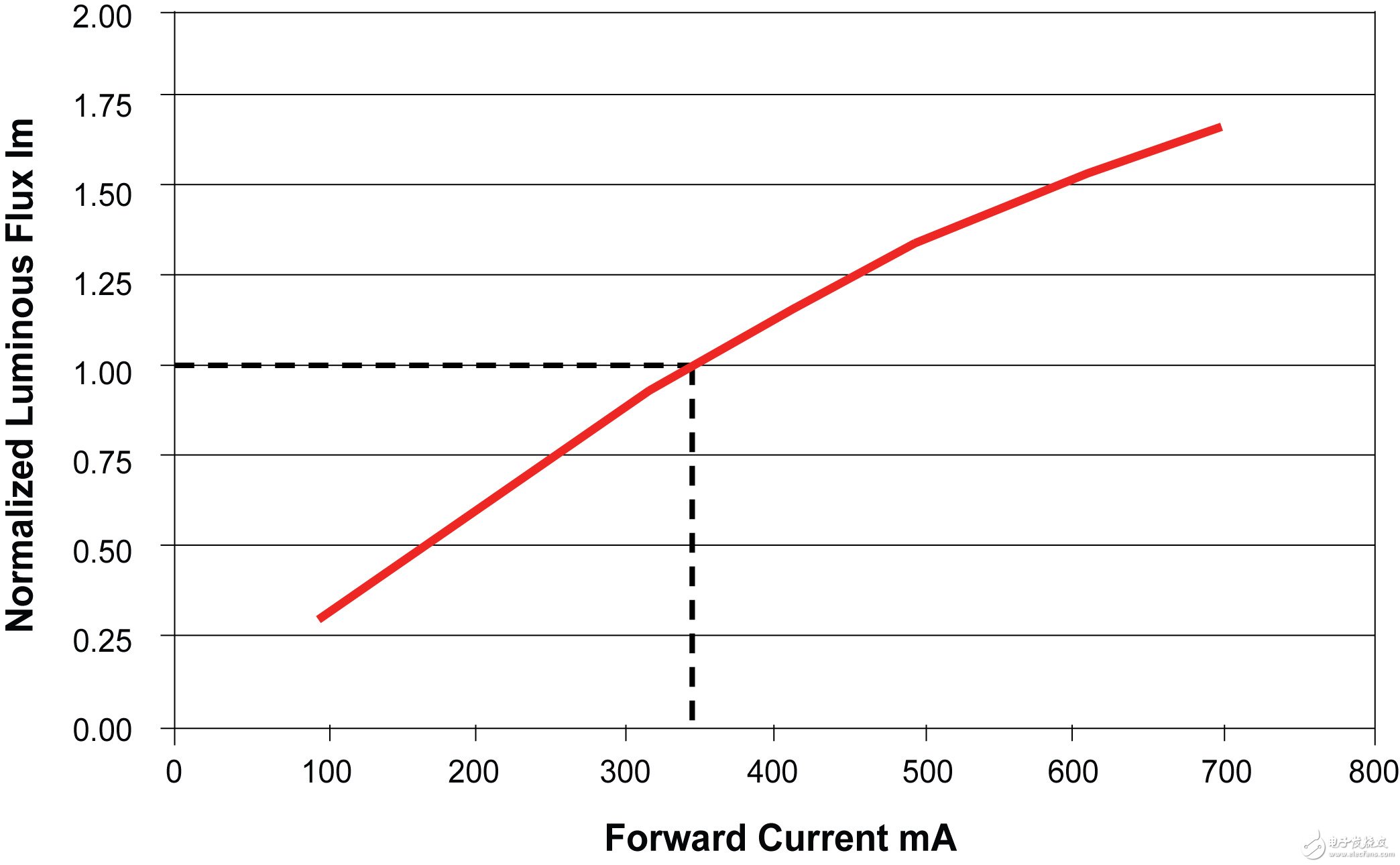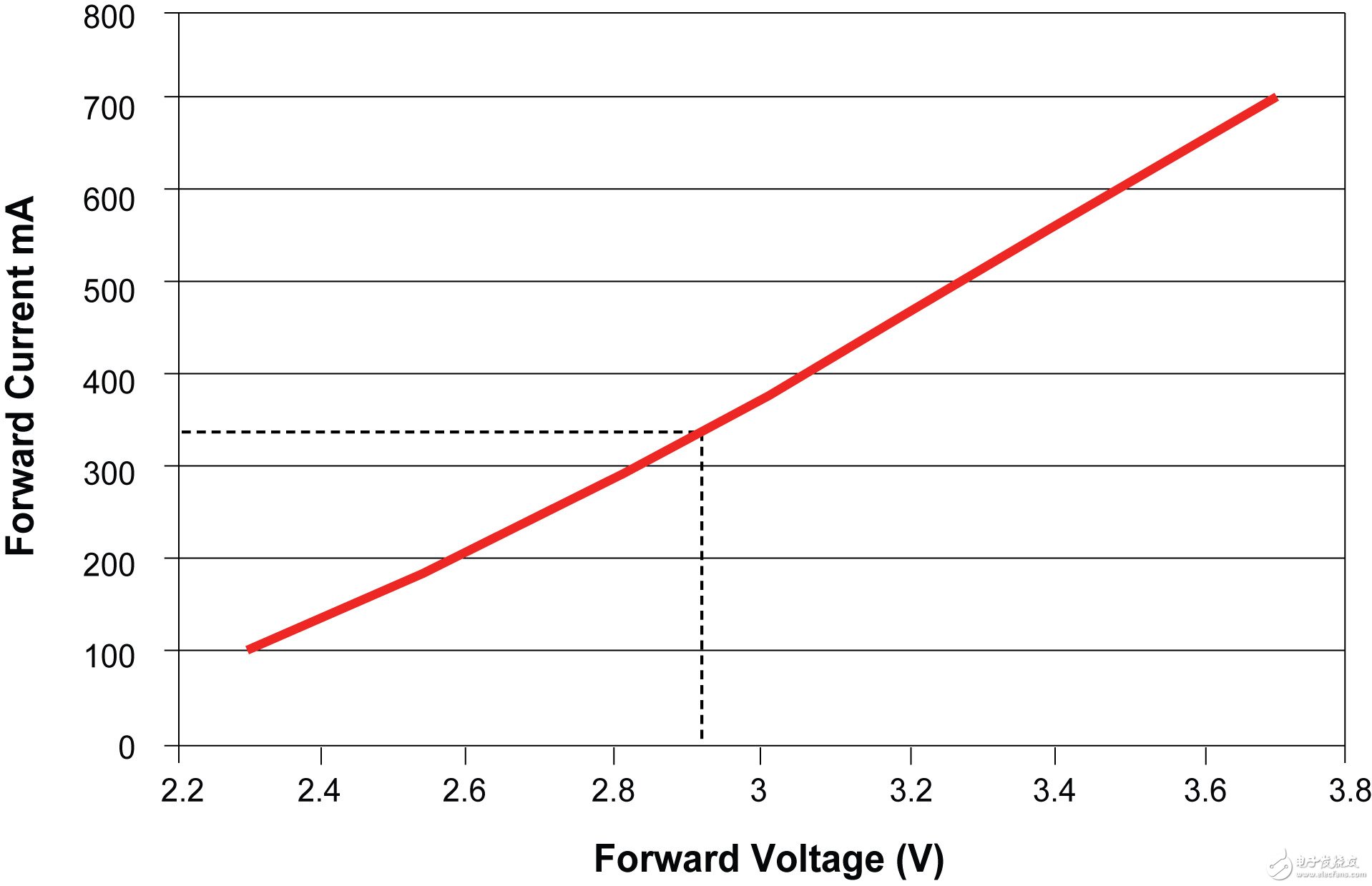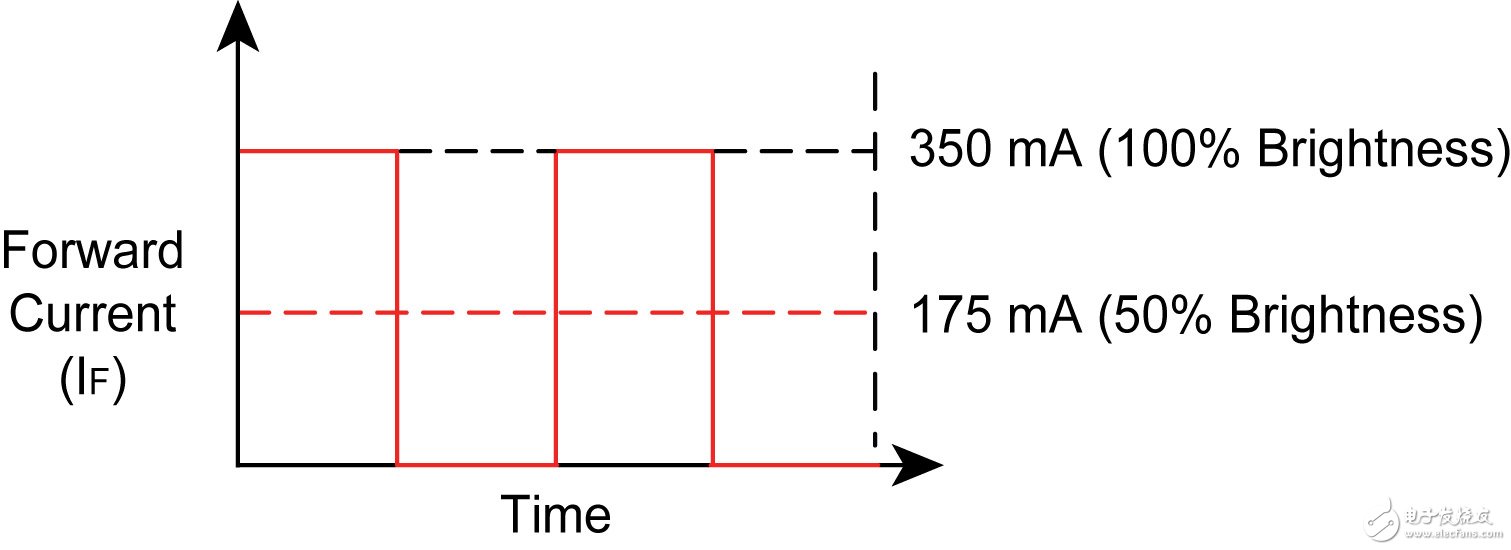In the fiery download of the "Processor and DSP Special Issue" in December, the e-family network is missing.
Electronic illuminators are ubiquitous, and it is becoming more and more common to be able to project lights of any color. LEDs lead to the development of color-changing lighting in a more efficient, easier-to-access and lower cost direction. With LEDs, designers have found a unique combination of efficiency, mixed-tone functionality and long life. The digital signal controller (DSC) is used to digitally control the LEDs, which makes the lighting both intelligent and capable of communicating with the outside world. Designers can take advantage of these features to freely implement innovative and exciting features in LED lighting.
Most engineers are familiar with typical low-power LEDs, whether surface mount or classic in-line packages. Using these LEDs requires only one voltage source and a series resistor of appropriate resistance to keep the LED currents compliant—typically less than 5 mA. By connecting the LED to the GPIO pin of the microcontroller, one of the most common applications is the Flashing LED. However, if 10 high-brightness, high-current LEDs with forward currents exceeding 350 mA are connected in series, all of these simplicity will disappear.


Figure 1: Luminous flux is proportional to forward current
The primary problem with high-brightness LEDs is how to effectively maintain a high constant current to maintain their brightness and color. As shown in Figure 1, the luminous flux of the LED (an effective measure of the amount of light emitted by the LED) is related to the forward current through the LED. This suggests that to achieve consistent color and light output, it is necessary to keep the forward current (IF) through the LED constant. If you consider simply connecting a resistor in series with the LED, the forward current can be determined by the following equation: IF = (VSource-VF) / R. When the source voltage (VSource) changes, the forward current (IF) will also fluctuate, causing the amount of light emitted by the LED to change. This clearly shows that the power supply used to drive the LEDs needs to be able to effectively regulate the forward current of the LEDs. Typically, one characteristic of LEDs and diodes is that the forward voltage (VF) increases with increasing temperature - even if the forward current is constant and regulated. As shown in Figure 2, if the forward voltage of the LED changes, the forward current will also increase if the forward current is not properly adjusted. This again illustrates the need to properly regulate the forward current through the LED instead of the forward voltage.


Figure 2: Effect of forward voltage change on forward current
Another major challenge is fever. High-power LEDs will heat up - very hot. Overheating can significantly shorten the life of the LED and can cause premature LED failure. By effectively controlling the forward current of the LED, the designer can determine the heat dissipation requirement based on the target forward current and the estimated forward voltage. Temperature sensors can also be used to monitor for possible overheating conditions. In addition to the above problems, high-brightness LEDs have other problems that must be solved. However, with the intelligence of DSC, these issues can be solved with software-based controls.
LEDs have the amazing ability to change light output almost instantaneously. This makes LEDs ideal for color lighting applications because colors can change quickly. Simply connect the red, green and blue LEDs or LED strings in series, and adjust the brightness of each LED to achieve any color of the rainbow. At this point, dimming of each LED becomes a design challenge. Since the forward current of the LED determines the brightness, the obvious way is to simply increase or decrease the forward current of each LED. But this creates a problem, when the LED's forward current changes, its color will also change slightly. This is not ideal in applications where color accuracy must be maintained. Therefore, instead of directly reducing or increasing the forward current of the LED, the forward current is pulsed, and the resulting dimming effect is the same as that of reducing the forward current. As shown in Figure 3, the effect of this method is obvious. The red dashed line indicates the average current, which produces an appreciable change in brightness. However, the forward current through the LED remains constant, so the color can remain unchanged.


Figure 3: Pulsed forward current produces a noticeable change in brightness
3020 White SMD LED is deeply loved by their users because of the small size, the high brightness.
It is often used in LED lighting, LED Lamps , LED backlight, LED panel lights, LED furniture, landscape LED, LED Lighting, LED Lighting, led Backlight, LED Panel Light, LED Furniture, LED Photo Light, LED Aperture, LED Toys, grow light LED, fill light LED, LED aperture and other lighting products.
White SMD LED, it is the light produced by the blue color chip which is transformed by the special LED fluorescent powder. It does not have a fixed wavelength range and value, which meas White LED need the coordinate value of X, Y and color temperature to represent it. In 18 years, we supply the white SMD LED with high efficiency, high luminance, low light attenuation has been recognized by our customers.
We supply kinds of 3020 Smd LED with different wavelength from 365nm to 1550nm, which include the visible LED and the invisible LED.
In this catalog, we mainly introduce the 3020 white SMD LED of visible light. 3020 SMD LED, size is 3.0*1.4mm. For this white SMD LED, we can package with single chip 3020 SMD LED or 2 chips 3020 SMD LED and the power can be 0.06W 3020 white SMD LED, 0.1W 3020 white SMD LED, 0.2W 3020 white SMD LED, 0.5W 3020 white SMD LED and so on.
The white SMD LED's voltage is 2.8-3.5V.
We have a variety of color temperature to select from. For instance: White 3020 SMD LED with 2700K,White 3020 SMD LED with 2800K,White 3020 SMD LED with 2900K,White 3020 SMD LED with 3000K,White 3020 SMD LED with 3200K,White 3020 SMD LED with 500K,White 3020 SMD LED with 4000K,White 3020 SMD LED with 4500K,White 3020 SMD LED with 5000K,White 3020 SMD LED with 5500K,White 3020 SMD LED with 6000K,White 3020 SMD LED with 6500K,White 3020 SMD LED with 7000K,White 3020 SMD LED with 7500K,White 3020 SMD LED with 8000K,White 3020 SMD LED with 9000K,White 3020 SMD LED with 10000K,White 3020 SMD LED with 15000K,White 3020 SMD LED with 20000K,White 3020 SMD LED with 30000K ect.
3020 White SMD LED
3020 White SMD LED, Soft White SMD LED, White LED 3020 SMD, White LED 3020 SMD
Shenzhen Best LED Opto-electronic Co.,Ltd , https://www.bestsmd.com